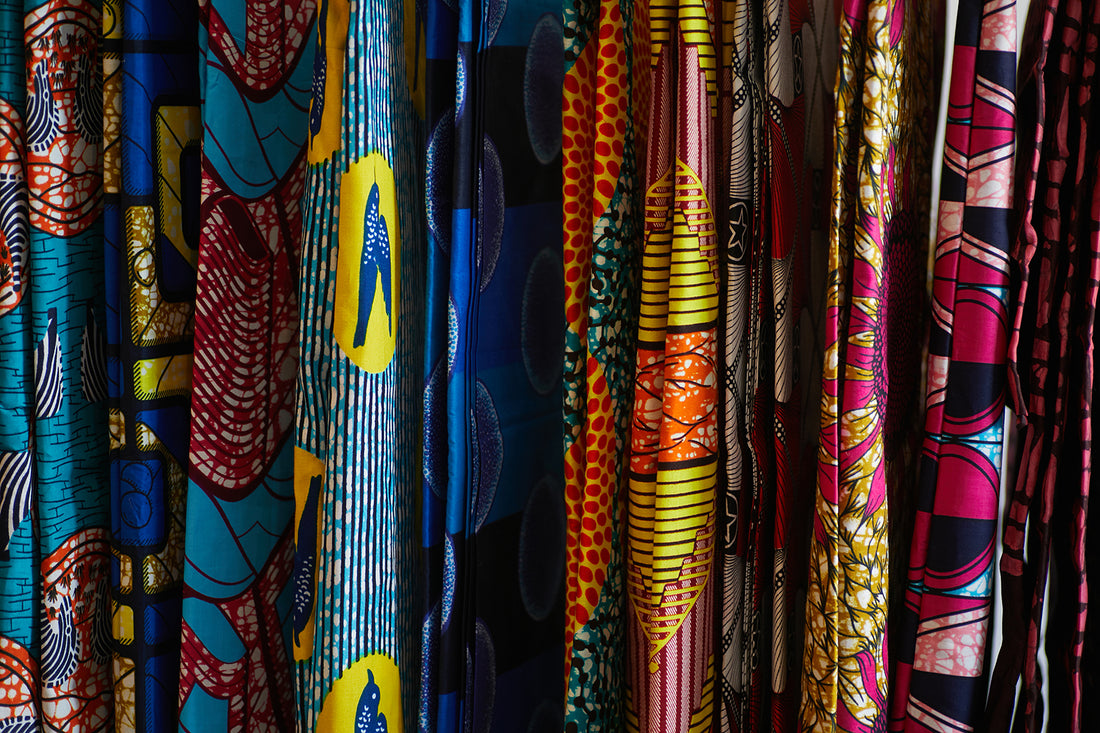
SADA signed two MoUs with (1) the China National Textiles and Apparel Council (CNTAC), (2) CAMC Engineering and Elmwood Finance Ltd to produce Cotton and
Textiles in the Northern Savannah Ecological Zone (NSEZ). The MOU with CNTAC was witnessed by the Ministry of Trade and Industry (MOTI).
The purpose is to produce cotton in commercial quantities directly by CAMC and throughout-grower arrangements with local farmers; process the cotton across the entire value chain and establish a Textiles Training Institute. This project will revitalize the cotton industry in Ghana, put the idle cotton ginneries to work, and inject a cash crop into northern Ghana which desperately needs a sustained source of income.
The proposed Ghana Cotton and Textile Project will bring high-tech equipment, high manufacturing standards, expertise, and training required for the local workforce in order to transform Ghana into a global textile hub in the sub-region. The project proposes an initial fund of $1bn dollars. An initial amount of $300 million has been pledged in the MOU by CNTAC.
The benefits are immense: export revenues from the cotton value chain could exceed $600mn in 4 yrs; 50,000 ha of cotton under cultivation rising to 500,000 in 8-10 years; a Training Institute to develop skills across the value chain; incomes for thousands of small farmers and their families; over 30,000 jobs for young people (both manual and professional) within 5 years; reduction of distressed migration of labor to the South in such for work, among others.
PROJECT BACKGROUND:
The NSEZ is the most suitable location for cotton cultivation. Land suitability studies conducted by SADA suggest that over 4 million ha are suitable for cotton cultivation in the area, most of it is unutilized. In the not-too-distant past, the cultivation of cotton was a major source of livelihood for thousands of small farmers across northern Ghana.
The relative success led to significant public investments in the construction ofginneries. Unfortunately, the cotton sector collapsed in the 80s, and efforts to revive it have so far been unsuccessful. Although the ginneries have been privatized, they are mostly idle. The collapse of the cotton sector may also have affected raw material supplies to the textile sector in the South. To revive the sector, a Cotton Development Authority (CDA) has been established but is poorly resourced and with limited powers. Support for the cotton research sector is also poor.
The CDA is currently dependent on SADA’s support for its operations.
The proposed Cotton and Textiles Project (CTP) would provide a major injection for the revival of the cotton and textiles sector in Ghana. The proposition is different from past efforts in that it involves the entire value chain: an anchor farmer investing directly to produce a certain minimum quantity to feed ginneries and factories, whilst supporting small farmers to grow cotton. By not depending on the exports of raw cotton, prices to farmers, and demand for the crop would be more stable. The focus on the entire value chain also enhances opportunities for backward and forward linkages in the economy and therefore potential to stimulate businesses more widely
PROJECT OBJECTIVES
- Create 30,000 jobs in cotton production and processing by 2019;
- To develop the cotton value chain in the NSEZ with the setting up of a Cotton and
Textiles Training Institute;
- Increase Ghana’s export value of cotton products to over $150million/year from 2019
PROJECT OUTCOMES
To create employment in Ghana and facilitate knowledge and technology transfer to
Ghanaians in the textiles value chain. Huge investment in the Country’s textile and
related industries, creation of value addition, the attraction of FDI, and reduction of
dependency on traditional export commodities.
ESTIMATED COST
$1billion; with $300million already committed by CNTAC
REMARKS
As per the agreement, SADA (government of Ghana) obligation is: to lease 50,000
ha of land for cotton farming and additional land for the siting of the factories
and training institute; Finance and facilitate the feasibility Studies and contribute to
the establishment of a Ghana Cotton and Textiles Fund jointly with the Chinese
partners to finance the project.
